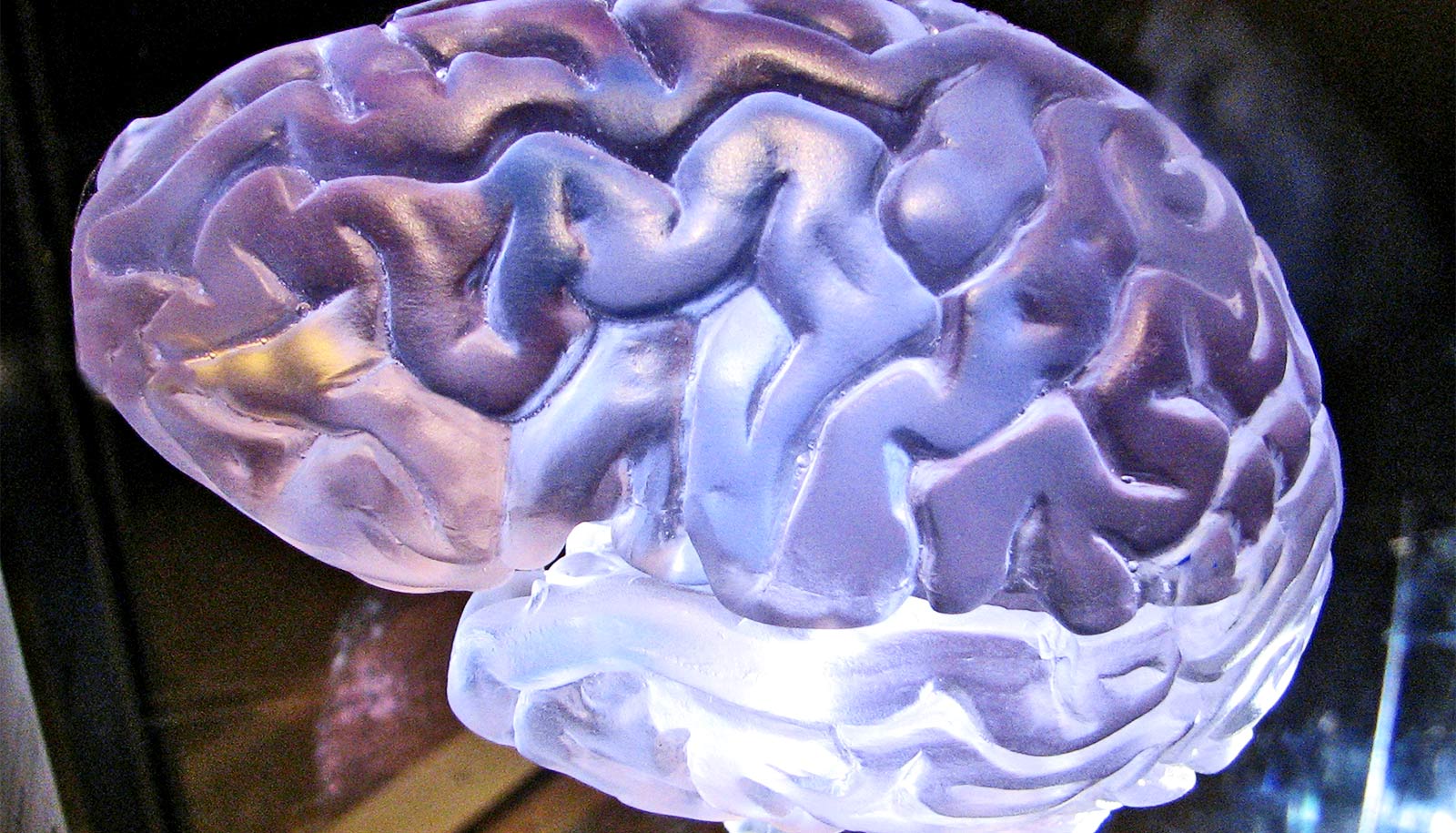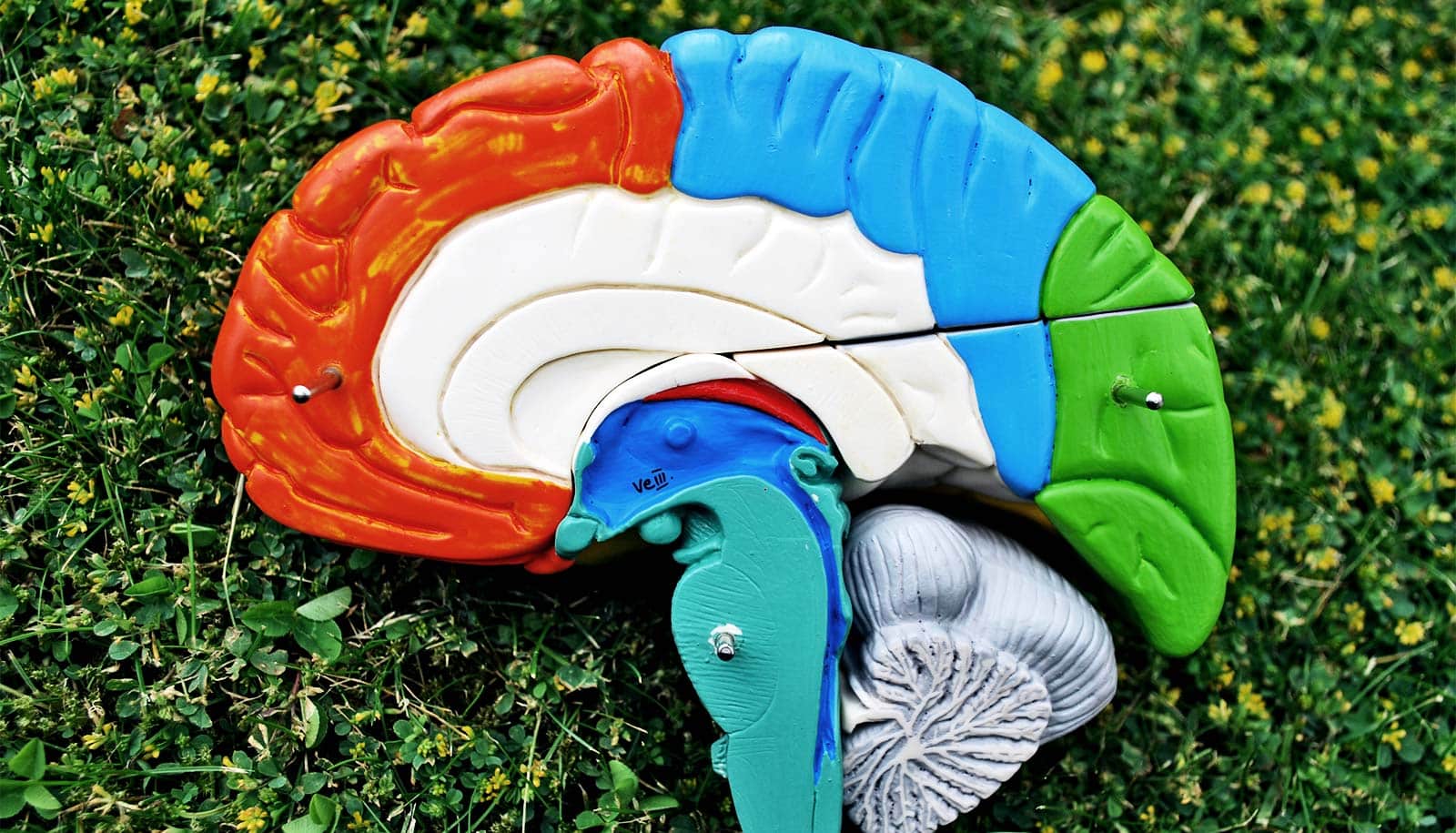A first-of-its-kind study has revealed a new culprit in the formation of brain hemorrhages that does not involve injury to the blood vessels, as previously believed.
Researchers discovered that interactions between aged red blood cells and brain capillaries can lead to cerebral microbleeds, offering deeper insights into how they occur and identifying potential new therapeutic targets for treatment and prevention.
The findings, published in the Journal of Neuroinflammation, describe how the researchers were able to watch the process by which red blood cells stall in the brain capillaries and then observe how the hemorrhage happens.
Cerebral microbleeds are associated with a variety of conditions that occur at higher rates in older adults, including hypertension, Alzheimer’s disease, and ischemic stroke.
“We have previously explored this issue in cell culture systems, but our current study is significant in expanding our understanding of the mechanism by which cerebral microbleeds develop,” says co-corresponding author Mark Fisher, professor of neurology in the University of California, Irvine School of Medicine. “Our findings may have profound clinical implications, as we identified a link between red blood cell damage and cerebral hemorrhages that occurs at the capillary level.”
The team exposed red blood cells to a chemical called tert-butyl hydroperoxide that caused oxidative stress; the cells were then marked with a fluorescent label and injected into mice.
Using two different methods, the researchers observed the red blood cells getting stuck in the brain capillaries and then being cleared out in a process called endothelial erythrophagocytosis. As they moved out of the capillaries, microglia inflammatory cells engulfed the red blood cells, which led to the formation of a brain hemorrhage.
“It has always been assumed that in order for cerebral hemorrhage to occur, blood vessels need to be injured or disrupted. We found that increased red blood cell interactions with the brain capillaries represent an alternative source of development,” says co-corresponding author Xiangmin Xu, professor of anatomy and neurobiology and director of the campus’s Center for Neural Circuit Mapping.
“We need to examine in detail the regulation of brain capillary clearance and also analyze how that process may be related to insufficient blood supply and ischemic stroke, which is the most common form of stroke, to help advance the development of targeted treatments.”
The National Institute on Aging and the National Institute of Neurological Disorders and Stroke funded the work.
Source: UC Irvine



